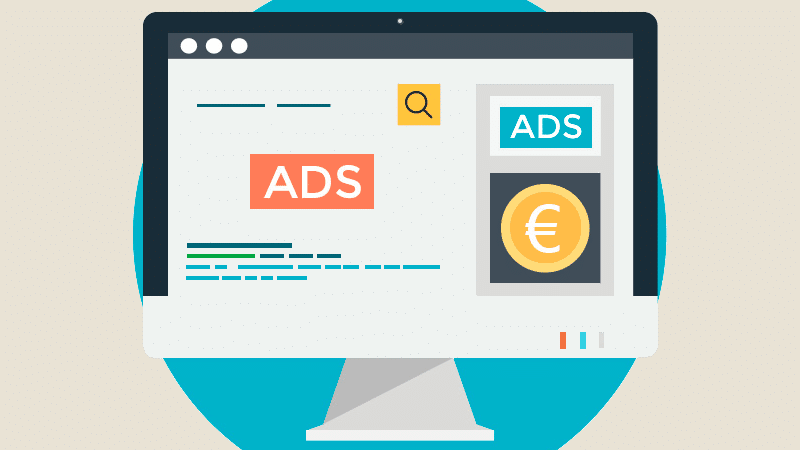What Google Ads Can Do with Audiences

Introduction
Google Ads is one of the most powerful advertising platforms, allowing businesses to connect with the right audience at the right time. It offers advanced targeting options that help marketers reach specific users based on their interests, behavior, and demographics.
Understanding how Google Ads interacts with audiences can help businesses improve engagement, increase conversions, and maximize ad performance.
How Google Ads Identifies and Targets Audiences
Google Ads collects vast amounts of data from user searches, website visits, and online activity. This data is then used to create audience segments, allowing advertisers to:
- Deliver highly personalized ads
- Target users based on behavior and preferences
- Optimize ad spending for better ROI
1. Custom Audiences for Precise Targeting
Google Ads allows advertisers to create custom audiences based on specific user actions. These include:
- Custom Intent Audiences – Targets users actively searching for products or services similar to yours.
- Custom Affinity Audiences – Reaches users with long-term interests in a particular niche, like fitness, travel, or technology.
Example: An online clothing store can target users who recently searched for “best winter jackets” by displaying relevant ads.
2. Remarketing to Re-Engage Visitors
Remarketing is a powerful feature that helps businesses reconnect with users who have previously interacted with their website or app.
- Standard Remarketing – Displays ads to past website visitors across different sites.
- Dynamic Remarketing – Shows specific product ads to users who browsed them earlier.
Example: If a user adds a pair of shoes to their cart but doesn’t purchase, they might see an ad for the same shoes later, reminding them to complete the purchase.
3. Demographic Targeting for the Right Audience
Google Ads lets advertisers refine their audience based on key demographics, such as:
- Age
- Gender
- Household income
- Parental status
Tip: Businesses selling luxury watches might target high-income groups, while a kids’ toy store could focus on parents.
4. In-Market Audiences to Capture Ready Buyers
Google Ads identifies users who are actively researching or considering a purchase in specific categories.
- Targets users who are “in the market” for a product or service.
- Useful for high-intent conversions, like booking hotels, buying electronics, or signing up for courses.
Example: A car dealership can show ads to users searching for “best SUVs under $30,000” since they are more likely to make a purchase.
5. Lookalike Audiences for Expanding Reach
Google’s Similar Audiences feature helps businesses find new users who resemble their existing customers.
- Works by analyzing user behavior and interests.
- Expands audience reach while maintaining relevancy.
- Increases the chances of conversions by targeting similar users.
Tip: If an online pet store has a loyal customer base, Google Ads can find more users with similar shopping habits.
6. Contextual Targeting for Relevant Ads
Google Ads also places ads based on the content of a webpage, ensuring relevancy.
- Uses keywords and page topics to match ads with suitable content.
- Helps improve ad performance and engagement rates.
Example: A travel agency’s ad might appear on a blog post about “Top 10 Beach Destinations.”
7. Geo-Targeting for Location-Based Ads
Google Ads enables businesses to target audiences based on their location, such as:
- Cities or regions
- Specific postal codes
- Radius targeting (e.g., within 5 miles of a store)
Example: A local coffee shop can show ads to users searching for “best coffee near me” within a 10-mile radius.
8. Device Targeting for Optimized Campaigns
Advertisers can choose to target users based on the devices they use, such as:
- Mobile
- Desktop
- Tablets
Tip: A gaming company promoting a mobile app might prioritize mobile users for better engagement.
Conclusion
Google Ads offers highly effective audience-targeting features that help businesses reach the right people at the right time. From remarketing and demographic targeting to in-market audiences and geo-targeting, advertisers can refine their strategies to maximize engagement and conversions.
By leveraging these audience-targeting tools, businesses can optimize their ad campaigns, improve ROI, and create more personalized advertising experiences.




